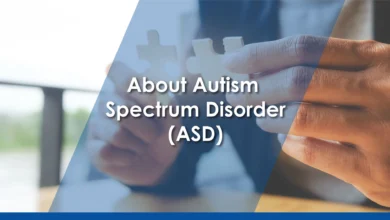The Process of Animal Rendering: Turning Waste into Valuable Resources:

Animal rendering plants play a crucial, yet often misunderstood, role in our modern society. These facilities are responsible for processing animal by-products and waste into valuable materials that find applications in various industries. In this article, we will delve into the world of animal rendering, exploring the process, its environmental impact, and the many uses of rendered products.
Animal rendering is the process of converting animal by-products into usable materials. The process of rendering begins with the slaughtering of animals and ends with the conversion of their fat, meat, bones, and other parts into products for use in a variety of industries.
What is Animal Rendering?
Animal rendering is a process that involves converting various animal by-products, such as fat, bones, and organs, into useful materials. This process ensures that no part of the animal goes to waste. The raw materials used in rendering primarily come from slaughterhouses, farms, and even grocery stores, where expired or unsellable products are collected.
The Rendering Process:
The rendering process typically consists of several key steps:
Collection:
The first step involves collecting the animal by-products and waste materials from various sources.
Grinding and Cooking:
The collected materials are then ground into smaller pieces and cooked at high temperatures to separate fat, protein, and minerals.
Separation:
During cooking, the fat rises to the surface and is skimmed off. This fat is then further processed to create tallow or animal fats used in various industries, including food, cosmetics, and biodiesel production.
Drying:
The remaining material, known as meat and bone meal, is dried to remove moisture and produce a dry, powdery substance.
Environmental Impact:
Animal rendering plants play a significant role in waste reduction and environmental sustainability. By efficiently processing animal by-products, these facilities help prevent the release of harmful gases and the pollution of landfills. In addition, the recovered fats and proteins can be used as renewable resources, reducing the need for new production and minimizing the environmental impact of resource extraction.
Utilization of Rendered Products:
The products generated through the rendering process have a wide range of applications:
Animal Feed:
Meat and bone meal are commonly used in animal feed production, providing essential nutrients to livestock and pets.
Fertilizers:
Rendered products can be used to create organic fertilizers rich in nutrients, contributing to soil health and plant growth.
Industrial Uses:
The extracted animal fats are used in industries such as soap and candle manufacturing, as well as in biodiesel production.
Pet Food:
Rendered fats and proteins are essential ingredients in many commercial pet foods.
Cosmetics:
Animal-derived fats are used in cosmetic products, such as creams, lotions, and soaps.
Regulatory Standards:
Animal rendering is subject to strict regulations to ensure the safety and quality of the products produced. These regulations cover issues such as the collection of raw materials, processing standards, and the disposal of waste materials. Compliance with these standards is essential to maintain the integrity of rendered products and protect public health.
Challenges and Concerns:
While animal rendering provides many benefits, it also faces challenges and concerns. Some critics argue that the industry should focus more on reducing waste at the source and minimizing the use of animal-derived products. Additionally, there have been concerns about the potential transmission of diseases through rendered materials, leading to increased scrutiny and stricter safety measures.
Final Thought:
Animal rendering plants play a critical role in recycling and repurposing animal by-products and waste. They contribute to environmental sustainability, reduce waste, and provide valuable resources for various industries. While the industry faces challenges and concerns, it continues to evolve and adapt to meet regulatory standards and the changing needs of society. Understanding the animal rendering process and its benefits is essential for appreciating the role it plays in our world.





